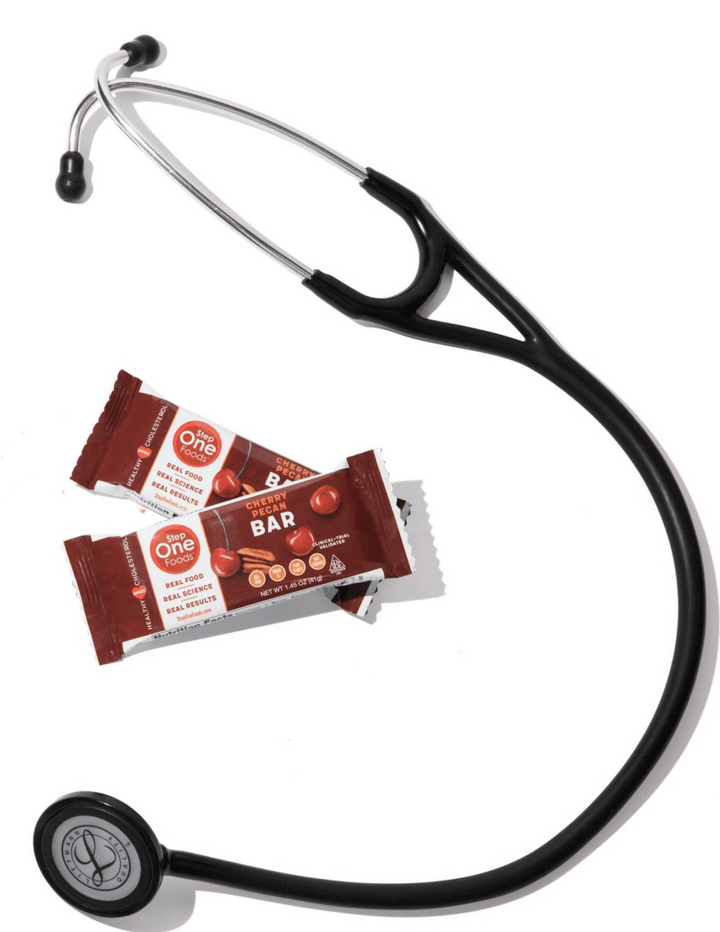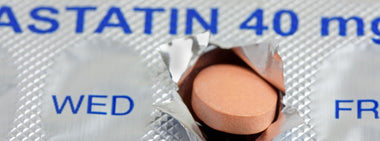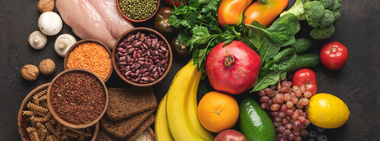Can you eat too much protein?

Protein is definitiely in fashion. From nutrition bars to breakfast cereal — and even ice cream — food manufacturers are touting protein content to encourage you to buy their goods. But do you really need more protein in your diet? Unless you are an elite athlete, chances are good you’re getting enough already.
Average Protein Intake for Men & Women
According to the National Health and Nutrition Examination Survey, on average, men are already consuming 102 grams of protein per day and women are consuming 70 grams of protein per day — which in many cases is more than the required amount. The latest dietary guidelines even point out that men between ages 19 and 59 are typically consuming far too much.
10% to 35% of your calories should come from protein. So if you're consuming 2,000 calories daily, that’s 200–700 calories from protein, or 50–175 grams.
The recommended dietary protein allowance for an average sedentary individual is 0.8 grams per kilogram of body weight. For example, a person who weighs 165 pounds should consume 60 grams of protein per day to prevent deficiency. To put that in perspective, a single chicken breast will get you 3/4 of the way there.
Dietary Protein Requirements & Age
As we age, protein requirements do go up, to around 1.2 grams per kilogram of body weight per day (and even higher than that, at 1.5 grams up to 2 grams per kilogram in the elderly). But even then, most of us can get to our protein goals without needing to think too much about this macronutrient or going out of our way to supplement.
Finally, you can't force protein into muscles. There has to be a stimulus to cause that to happen. Exercise, especially resistance and weight-bearing activities are required to build/maintain muscle and make all that protein intake pay off (otherwise it's just turned into fat). And protein quality matters. A Big Mac with fries nets you 30 grams of protein. But the delivery vehicle also supplies 1000 calories, half of your daily sodium allowance and two thirds of your recommended saturated fat. And protein supplemented ice cream is.... still ice cream.
What nutrients should I focus on then?
What most Americans need is to eat more grains, vegetables and fruits so that they can get plenty of whole food fiber, omega-3 fatty acids, antioxidants and plant sterols (sound familiar?) - because THESE are the foods and nutrients that most people are deficient in.
It is these plant-based foods and the nutrients they contain that are not only important for cholesterol lowering and supporting heart health, they are also important for maintaining cognitive heatlh and prevneting cancer. Plus - plants contain protein too! For example, one third of the calories found in broccoli come from protein. Using the 10-35% rule for protein intake, broccoli actually falls towards the top of that range!
The graph below is an excellent illustration that shows the nutrient disparities between average consumption and recommended intakes. The opportunity to improve your health by eating nutrient-dense plant-based foods (including Step One) is huge (without messing up your protein goals).

More about protein:

Tested & Proven Results.
- Cardiologist formulated
- Supported by over 500 publications
- Clinically-proven, in a double-blind randomized trial with Mayo Clinic and The University of Manitoba
80% of participants lowered their cholesterol in just 30 days. With just two servings per day, Step One Foods offers a proven-effective way to naturally lower LDL (bad) cholesterol.
Get heart health tips and articles like this, delivered right to your email.
New articles every week.
You may also like...

Insulin Resistance, Prediabetes and Type 2 Diabetes. Part 3: Fat in All the Wrong Places

Insulin Resistance, Prediabetes and Type 2 Diabetes. Part 2: Chronic Calorie Excess

You don’t need to avoid foods with cholesterol…except for these


